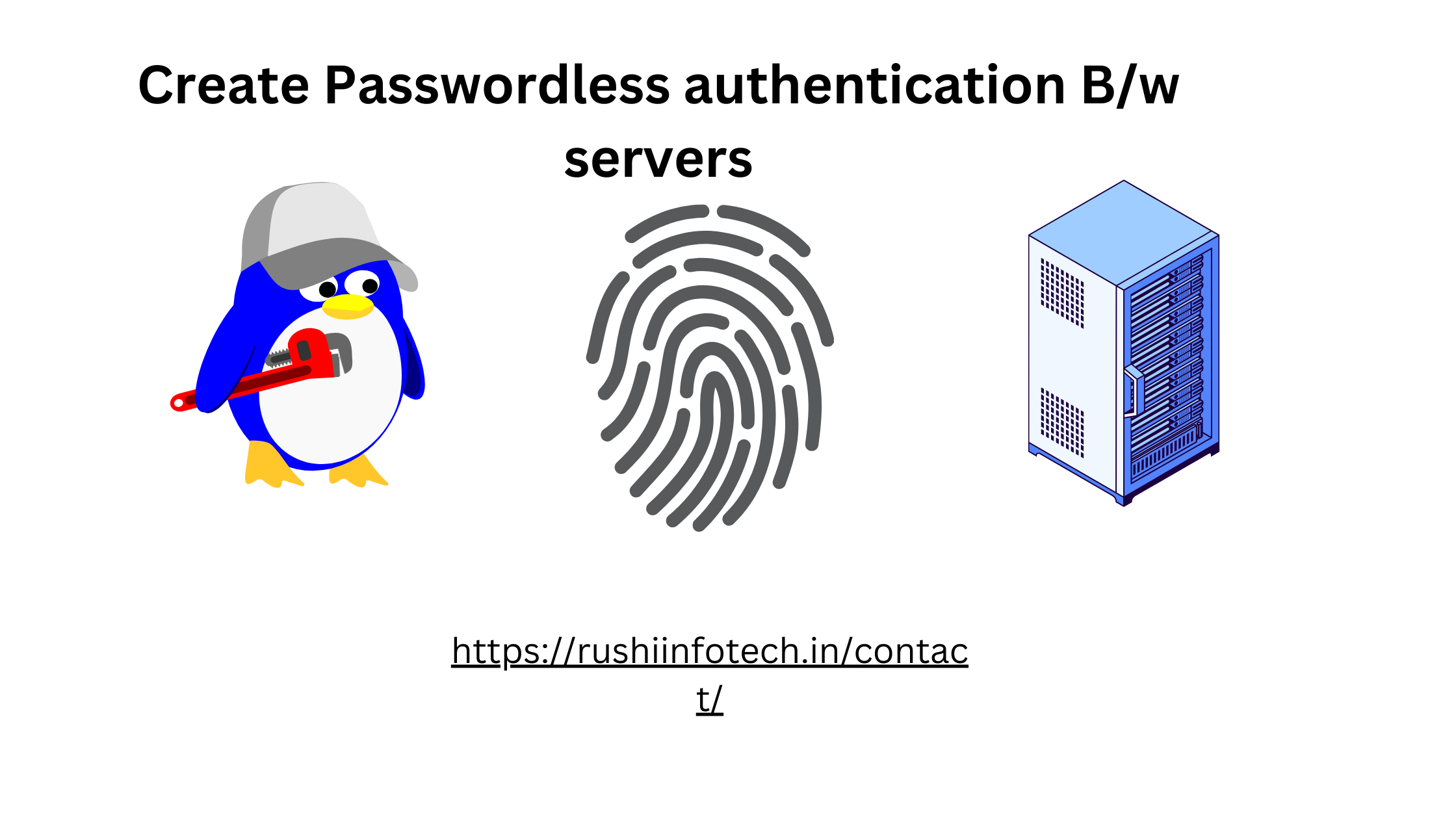Sudo (Superuser Do) is a powerful and essential command in Linux and Unix-like operating systems. It allows authorized users to execute commands with the privileges of another user, typically the superuser (root), while maintaining an audit trail of their actions. Here’s some theory information about sudo:
1. Role of Sudo:
- Sudo is primarily used to delegate specific administrative tasks to non-root users without disclosing the root password. This enhances system security by restricting privileged access to only those who need it.
2. Configuration:
- Sudo’s behavior is configured in the
/etc/sudoersfile. This file defines rules and permissions regarding who can run what commands as which user. Thevisudocommand is used to safely edit this file.
3. Command Syntax:
- The basic syntax of the
sudocommand is:sudo command [options] - Replace “command” with the actual command you want to run with elevated privileges.
4. Privilege Separation:
- Sudo encourages privilege separation, which means that users operate with the least amount of privilege necessary for the task at hand. Instead of being logged in as root, users can execute specific commands with elevated privileges.
5. Logging and Auditing:
- Sudo maintains a detailed audit trail of all executed commands. This audit trail can be useful for monitoring and troubleshooting system activity and security incidents.
6. Default Behavior:
- By default,
sudorequires users to enter their own password, not the root password, to gain elevated privileges. However, this behavior can be customized in thesudoersfile.
7. Security Considerations:
sudohelps prevent accidental system damage, but it also introduces security risks. Misconfigured sudo rules or overly permissive access can lead to unauthorized access or unintended system changes. Therefore, it’s essential to configuresudocarefully.
8. Alias and Defaults:
- The
sudoersfile allows the use of aliases and defaults to simplify and centralize rule management. Aliases can group users, hosts, and commands, while defaults define global settings forsudobehavior.
9. Time-Based Restrictions:
sudocan be configured to restrict the duration of elevated privileges, enhancing security by reducing the window of opportunity for malicious actions.
10. Best Practices:
– Best practices for using sudo include minimizing its use to only necessary tasks, regularly reviewing and auditing the sudoers file, following the principle of least privilege, and implementing multi-factor authentication for sensitive actions.
11. Sudoers File Structure:
– The sudoers file consists of user specifications and defaults. User specifications define who can run what commands. Defaults specify the default behavior of sudo. The file includes directives like User, Runas, Host, and Command to specify rules.
Sudo is a valuable tool for system administrators and power users to manage and secure their Linux systems. However, it should be used with caution and configured thoughtfully to maintain a balance between convenience and security.
Certainly, here are some sudo commands with examples:
- Update Package Lists:
- Use
sudoto update the package lists on a Debian-based system like Ubuntu.
sudo apt update- Install a Package:
- Install a package using
sudoon a Debian-based system.
sudo apt install package-name- Edit the sudoers file:
- Use
sudoto edit the sudoers file with thevisudocommand.
sudo visudo- Start a Service:
- Use
sudoto start a service like Apache on a systemd-based system.
sudo systemctl start apache2- Change Password for a User:
- Use
sudoto change the password for a user.
sudo passwd username- Remove a File:
- Delete a file using
sudo. Be cautious with this command.
sudo rm filename- Shutdown the System:
- Use
sudoto shut down the system immediately.
sudo shutdown -h now- Reboot the System:
- Use
sudoto reboot the system.
sudo reboot- Switch to the Root User:
- Start a root shell using
sudo su. Remember to exit the shell when done.
sudo su- Execute a Command as Another User:
- Use
sudo -uto run a command as another user.
- Use
sudo -u username command- Install a Package on a Red Hat-based System:
- Install a package using
sudoon a Red Hat-based system like CentOS.
- Install a package using
sudo yum install package-nameThese examples demonstrate how to use sudo for various tasks on a Linux system. Always exercise caution when using sudo, especially when running commands that have the potential to modify or delete system files, as they can impact system stability and security.

